NIGMS, in collaboration with Scholastic, has developed a collection of free biology and health activities on the educational app Kahoot! You can play them alone, with friends, or with a class of students. Four Kahoots! are currently available:
- Imaging the Microscopic World investigates how researchers view cells, proteins, and other tiny structures.
- Superbugs delves into infectious bacteria and viruses that can’t be fought off with medicines.
- The Science of Sleep explores biological clocks and circadian rhythms.
- Regeneration highlights how animals replace or restore damaged or missing cells, tissues, organs, and even entire body parts.


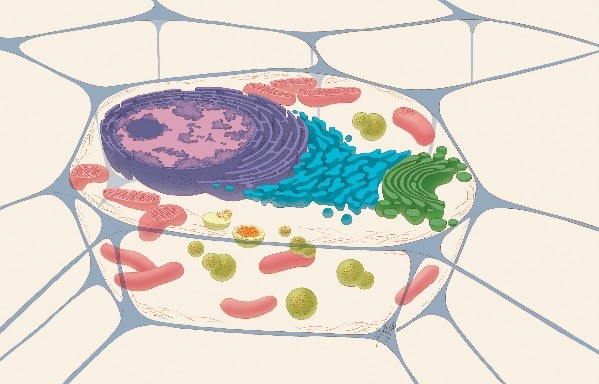 A cross-section of a cell showing organelles. Credit: Judith Stoffer.
A cross-section of a cell showing organelles. Credit: Judith Stoffer.
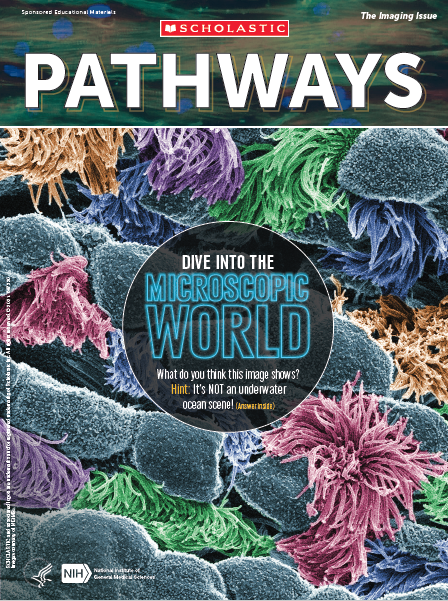 Cover of Pathways student magazine.
Cover of Pathways student magazine.
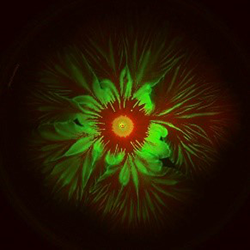 Credit: Liyang Xiong and Lev Tsimring, BioCircuits Institute, UCSD.
Credit: Liyang Xiong and Lev Tsimring, BioCircuits Institute, UCSD.
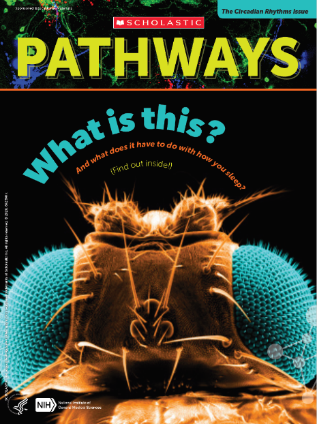 Cover of Pathways student magazine, third issue.
Cover of Pathways student magazine, third issue.
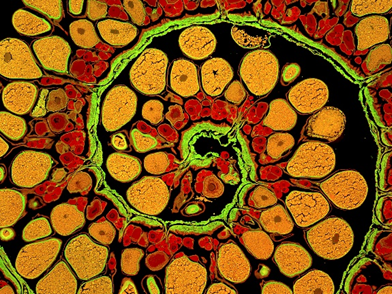 Credit: James E. Hayden, The Wistar Institute, Philadelphia, PA.
Credit: James E. Hayden, The Wistar Institute, Philadelphia, PA.
 Mitochondria (purple) in a rodent heart muscle cell. Credit: Thomas Deerinck, National Center for Microscopy and Imaging Research.
Mitochondria (purple) in a rodent heart muscle cell. Credit: Thomas Deerinck, National Center for Microscopy and Imaging Research.